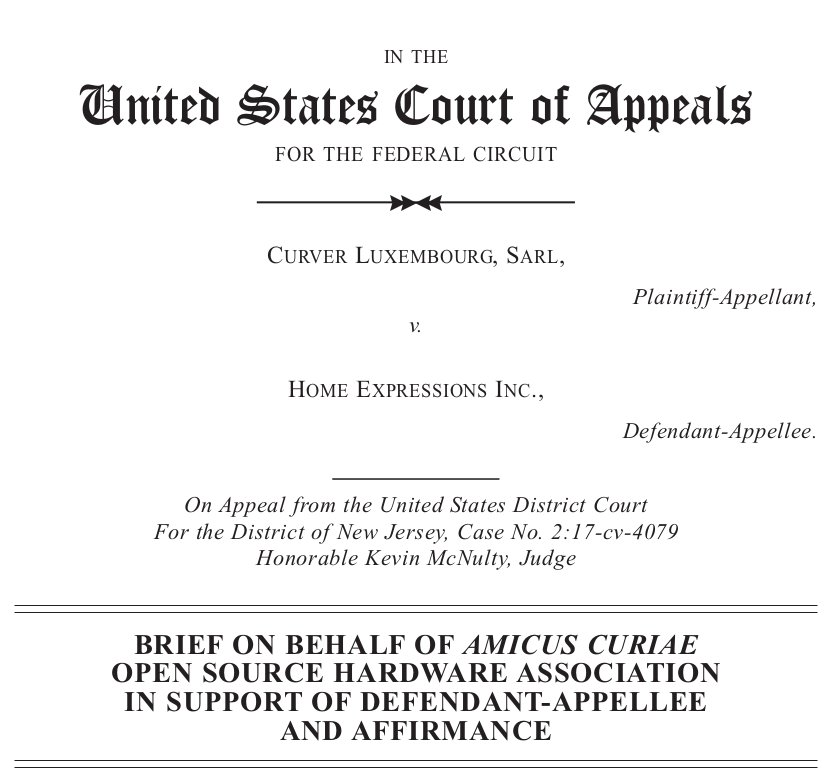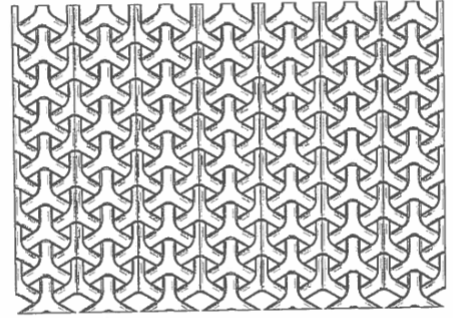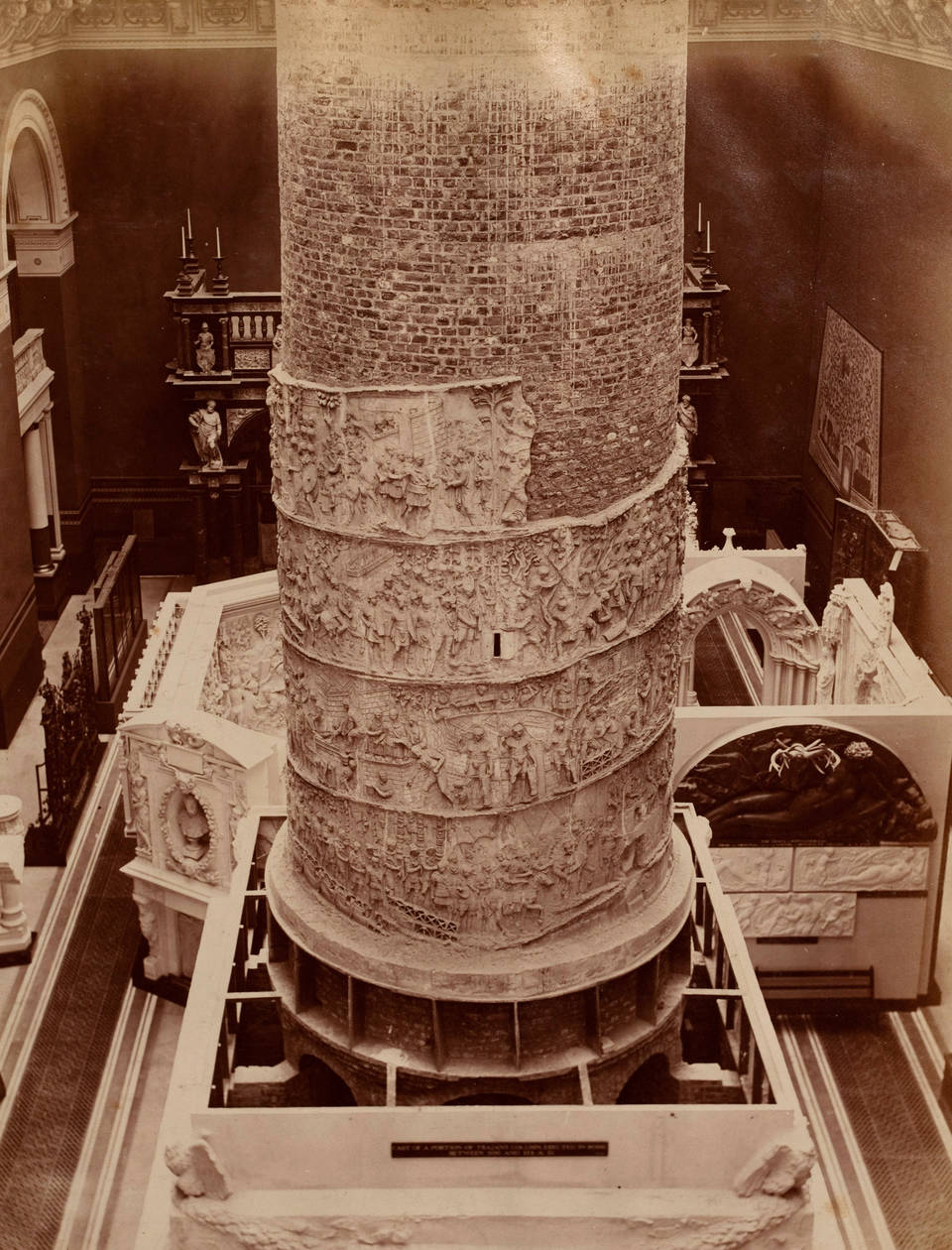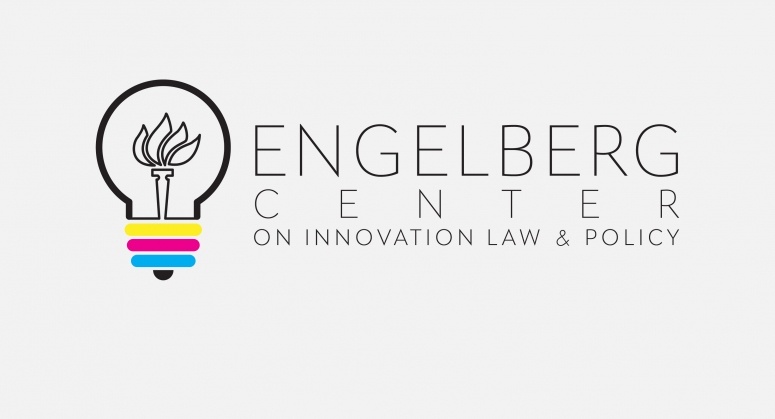This post originally appeared on the Create Refresh medium page.
The internet does not consist entirely of a handful of large, static platforms giving creators access to mature technologies such as audio and video. If it did, Article 13 of the Directive on Copyright could be an interesting approach to challenges posed by the online distribution of material protected by copyright.
Instead, the vitality of the internet comes from a dynamic array of websites that help connect creators and audiences with an ever-evolving array of expression and technology. Article 13 fails to imagine this internet as it exists today, not to mention the internet that we want to evolve two, five, or ten years in the future. As a result, it may push the internet in a smaller, more centralized, less creative direction.
Article 13’s filtering provisions are written with an eye towards technology that large platforms have implemented to analyze traditional media such as sound and video. Even setting aside the imperfect nature of this filtering technology — and it is far from perfect — the provisions overlook the fact that the technology did not simply appear when these platforms were created. Instead, these filters are the result of decades of work and hundreds of millions of euros of investment.
Requiring that type of investment as table stakes prevents new platforms from entering existing areas. Perhaps more problematically, it also erects significant barriers to new platforms that bring new technologies to creators.
Until recently I was the General Counsel at the 3D printing company Shapeways. Shapeways was founded in the Netherlands and gives hundreds of thousands of creators access to cutting edge 3D printing technology. This is not the desktop technology you may be most familiar with. Instead, creators use Shapeways to access printers that can cost hundreds to thousands of euros to print steel parts, gold jewelry, nylon dresses, and production-ready medical braces. Shapeways then empowers creators to market their works to a worldwide audience of fans and customers.
Unlike audio or video files, there simply is not a technology that can accurately identify 3D files in order to identify their content. Furthermore, there is no central database of all existing physical objects to compare files uploaded to Shapeways against. This makes it nearly impossible for a platform like Shapeways to comply with a requirement to filter or identify uploads for possible infringement.
Shapeways has been a leader in developing innovative licensing agreements to connect large rightsholders with Shapeways creators. It also has a robust process to allow rightsholders to request models be removed from the site and expeditiously complies with such requests. This system works well in the vast majority of cases. Nonetheless, Shapeways creators are sometimes targeted by unscrupulous claims where the purported rightsholder has a tenuous — at best — legal basis to request a model be removed.
Today’s legal structure allows some creators targeted by such unscrupulous claims to fight to keep their creations available online. However, if faced with increased liability for the activity of users, Shapeways and platforms like it will often err on the side of removing content in the face of any colorable claim. This is because providing any individual user the opportunity to challenge accusations could risk the viability of the entire platform.
Unable to comply with statutory filtering requirements and mindful of increased liability, under Article 13 platforms like Shapeways would be forced to institute a review process that would fundamentally alter the nature of the service. Instead of being available at internet scale, 3D printing would once again be beyond the reach of most creators. Only creators with orders large enough to justify an expensive manual review of each file would be able to place an order. Platforms looking to bring similarly cutting edge technologies to creators across Europe would be forced to make similar calculations.
Article 13 creates obligations that new platforms simply cannot meet. It fails to understand today’s platforms beyond a handful of large players, and fails to anticipate a richer, more diverse future where creators have access to even more tools. The Directive on Copyright should focus on empowering creators, not limiting the tools available to them.
Michael Weinberg is the new Executive Director of The Engelberg Center on Innovation Law and Policy at NYU Law. He was previously and for many years the General Counsel at the 3D printing company Shapeways, founded in the Netherlands and which gives hundreds of thousands of creators access to cutting edge 3D printing technology. The views expressed here are his own.




 Cast Court Image by Flickr user
Cast Court Image by Flickr user 